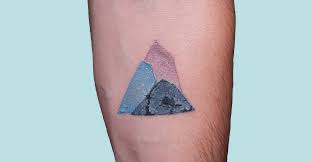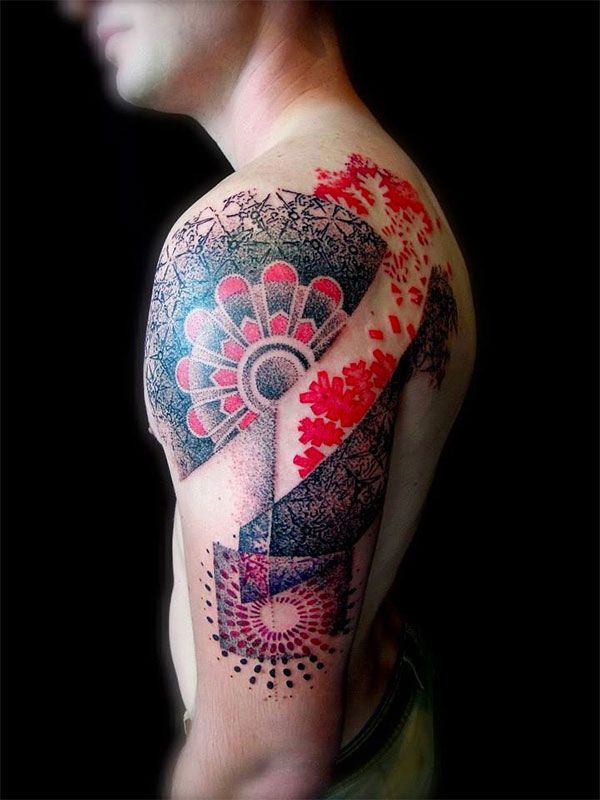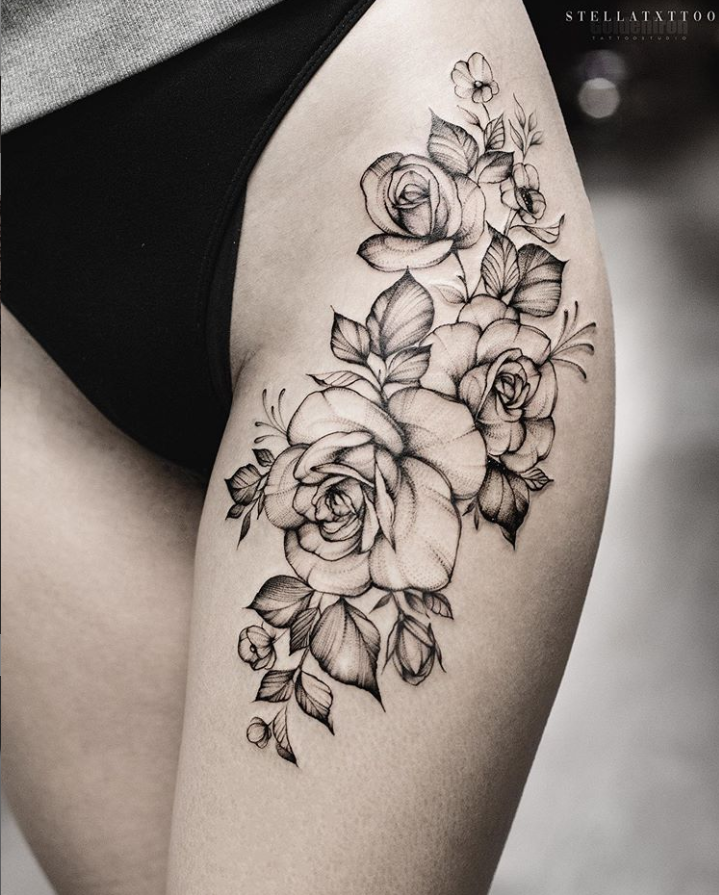
Cracked and peeling tattoo skin may seem alarming, but this is part of the healing process!
At all costs, it is vital that skin flakes not be pulled or picked at, as this could reopen a wound, spread an infection, and cause unsettled ink from Tattoos to peel away in patches, resulting in noticeable patches in their designs.
Itching – a natural part of healing:
Tattoos are considered skin injuries, and the healing process may sometimes be quite unpleasant. Any itching that arises during peeling should subside by week 2. Itching is a natural part of healing, but you should try not to scratch or rub. Doing so could transfer bacteria from your hands onto an open wound and increase its risk of infection.
During peeling, your tattoo may look cloudy, and white skin flakes (similar to fragile paper) will start flaking off in sheets – this is perfectly normal and should continue for at least two weeks.
Cracking – a sign of healing, but watch for infection:
Cracked skin may occur as a scab heals; this is normal and should not lead to bleeding, oozing, or pain. Skin conditions like eczema may also cause cracked skin. To protect the integrity of the wound, do not pick at or pick off cracked scabs, as this will reopen it and potentially lead to bleeding. Scabbing is not only expected but an integral part of the healing process. Your tattoo should appear more vibrant once the scabbing has subsided – indicating it is healing correctly. However, cracking with bleeding, oozing, or pain could indicate infection or an allergic reaction requiring medical intervention.
Dryness – the shedding of damaged cells:
Fainting may cause flakes on skin that has been wounded by tattooing, a natural part of the healing process as your body sheds off dry and damaged cells while creating space for new cells to emerge and flourish. Overall, healthier and hydrated skin tends to peel less often. Furthermore, every tattoo heals differently; some may never peel, while others could begin flaking several weeks post-inking. Excessive peeling should be taken seriously and brought to your tattoo artist immediately.
Scabs – part of the natural exfoliation process:
As part of the healing process, Tattoos undergo an extreme cycle of natural exfoliation that may cause them to peel. Moisturizing can improve their appearance so they resemble the appearance of normal skin more closely – this also can reduce reopening wounds, which could bleed again! DO NOT pick or pull at these scabs/flakes, as this could reopen them and lead to potential bleeding issues. Flakes that appear during this stage may resemble light-crusted-over scabs; don’t pick or pull at them, as this can reopen your wound and cause unsettled ink to emerge, potentially leading to scarring, blemishes, and distortion within your tattoo. Instead, gently remove them when they fall off naturally.
Scalyness – flakiness and scabbing are normal:
Tattoo healing typically includes flakiness and scabbing; Roman says, “This is simply part of the process and actually pretty comfortable if the lotion is applied regularly. Do not attempt to pick at or remove these scabs and dry skin flakes, as this could lead to infection and prolong the healing process. Instead, wash the area with mild soap and water before moisturizing with fragrance-free lotion or ointment; this will keep the area soft while preventing it from hardening into an area prone to peeling brittleness. In some cases, even your tattoo may not peel at all!
Cloudiness – an indicator of proper healing:
After about one week, redness and drainage should subside, and the tattoo should begin taking on its characteristic milky-white hue – this is normal and an indicator that your tattoo is healing properly. At this stage, it is best to keep washing your tattoo with mild soap and warm water, applying fragrance-free lotion twice daily, and taking extra precautions to not scratch! Scratching may lead to infection scarring or make the ink fade faster. Avoid activities that cause friction or sweating, as this can break down the protective barrier on the skin and delay its healing process.

